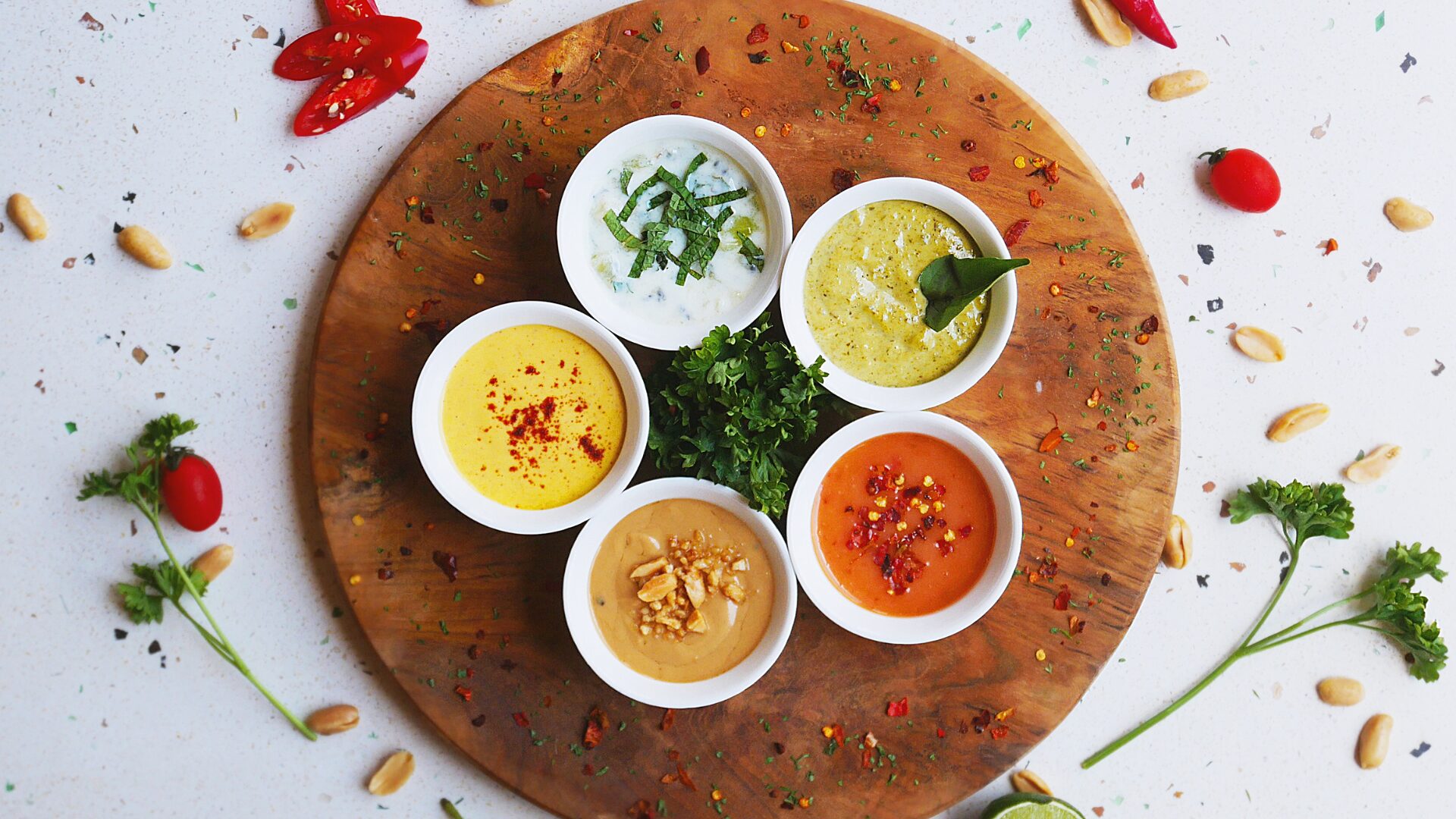As the pandemic continues and vaccines become more readily available in the U.S., here are some insights into how consumers feel about dining out and shopping in stores:
Dining Out
A significant number of Americans won’t eat out until herd immunity arrives, with 25% to 30% of respondents in a Harris Poll conducted for USA Today saying as much. Thirty-five percent of those surveyed said they would feel safe eating indoors a few weeks after their second vaccine shot or earlier.
The poll found that just 7% would feel comfortable eating indoors at restaurants after the first dose, 7% immediately after the second dose, and 19% a few weeks after their second dose. Nineteen percent would feel comfortable a few weeks after their second dose when the CDC has said a person is considered fully vaccinated.
These attitudes come as the CDC recently observed a link between COVID-19 spikes and increased dining out, reported Eater (March 8). Examining county-level data from March 1 to Dec.31, 2020, researchers found that reopening restaurants for on-premises dining was followed by a rise in infections and deaths six to 11 weeks later, especially when mask mandates were not in place.
Interestingly, despite such consumer attitudes, just 10% of all U.S. food establishments have closed permanently since the pandemic began, according to Datassential. The quick-service industry, which is the largest segment of the foodservice industry, has weathered the pandemic with the fewest closures, at 9.8%.
Shopping
Many shoppers will continue with new habits developed during the pandemic, according to a new report from Acosta. The firm identified four distinct shopper groups that emerged from the pandemic:
- The “Panic Button” segment, comprising 21% of shoppers, has high COVID concern and made significant and swift changes, like stocking up and shopping online.
- The “Hunkering Down” segment, comprising 28% of shoppers, made moderate changes, including shopping less and spending less.
- The “Social Distancers” segment, comprising 28% of shoppers, made only small changes, like buying more groceries than usual.
- The “Staying the Course” segment, comprising 23% of shoppers, made no real changes to their shopping habits and had less overall COVID concern.
Shoppers in the “Panic Button” segment are the most likely to stick to their new habits with 82% planning to do so. On the flip side, “Social Distancers” are most likely to revert to their pre-pandemic shopping behavior, with 29% planning to do so.











